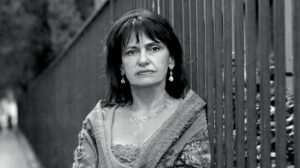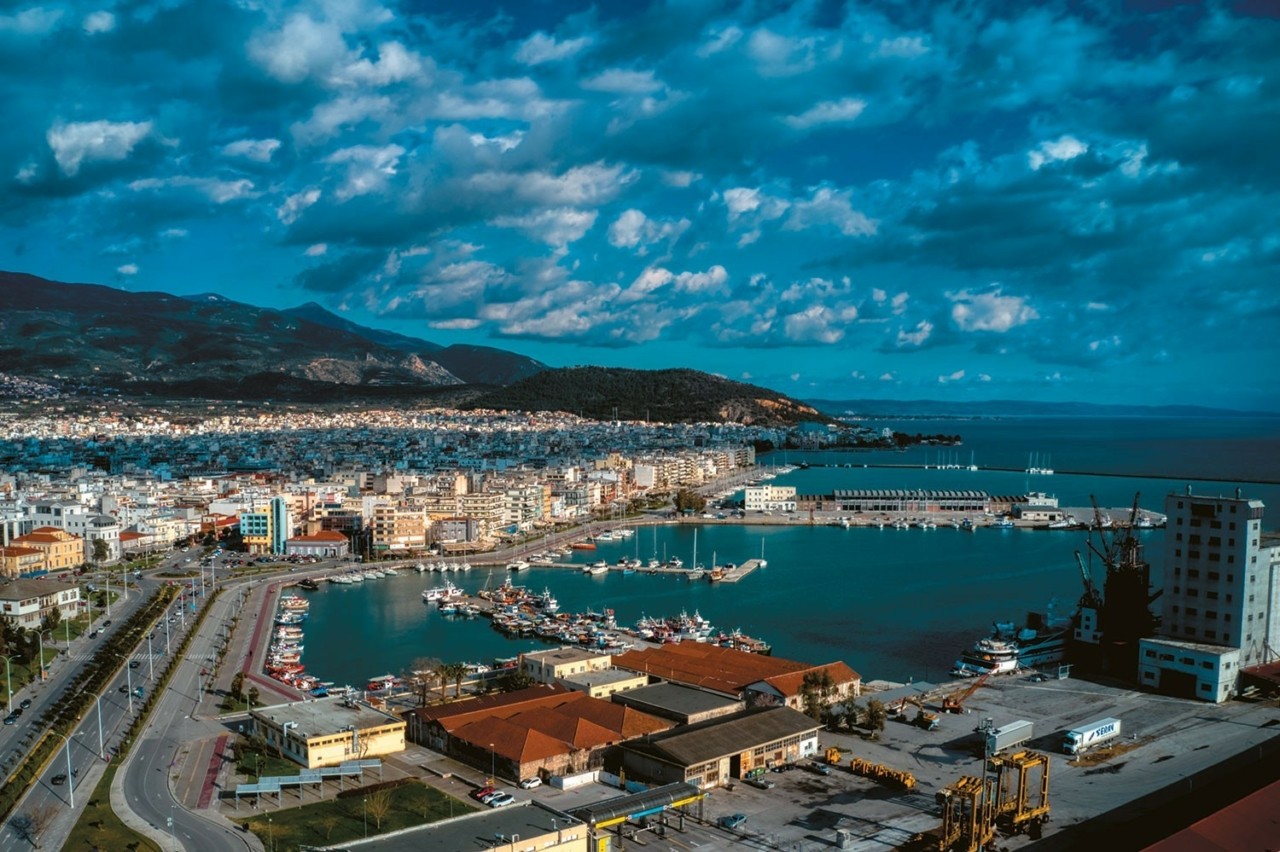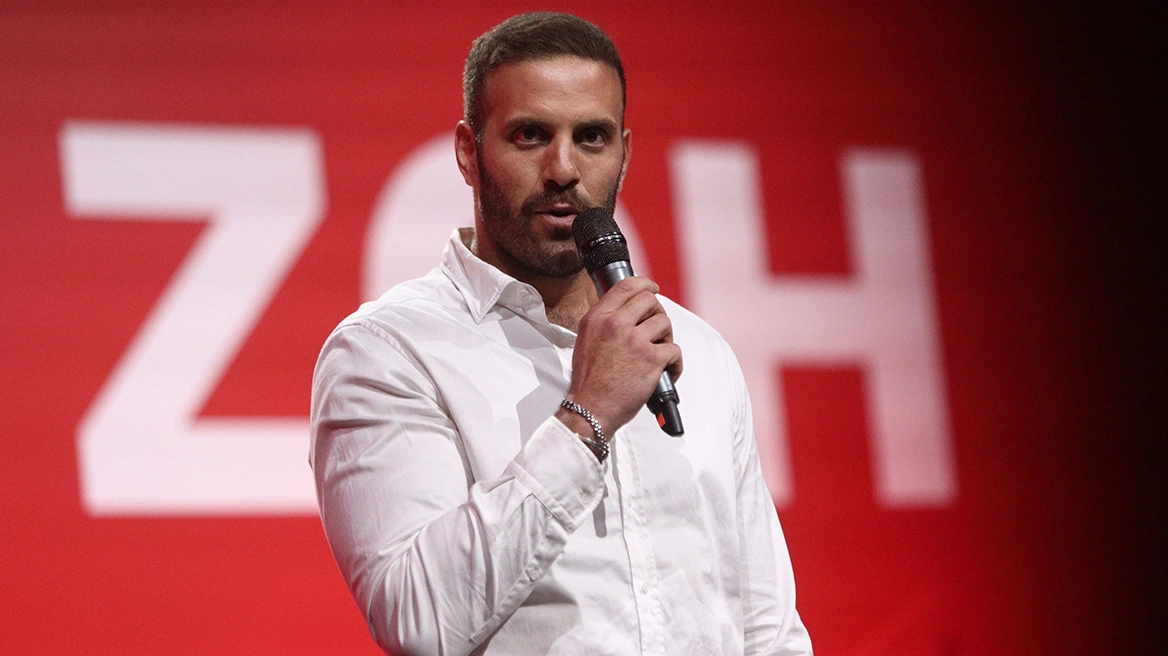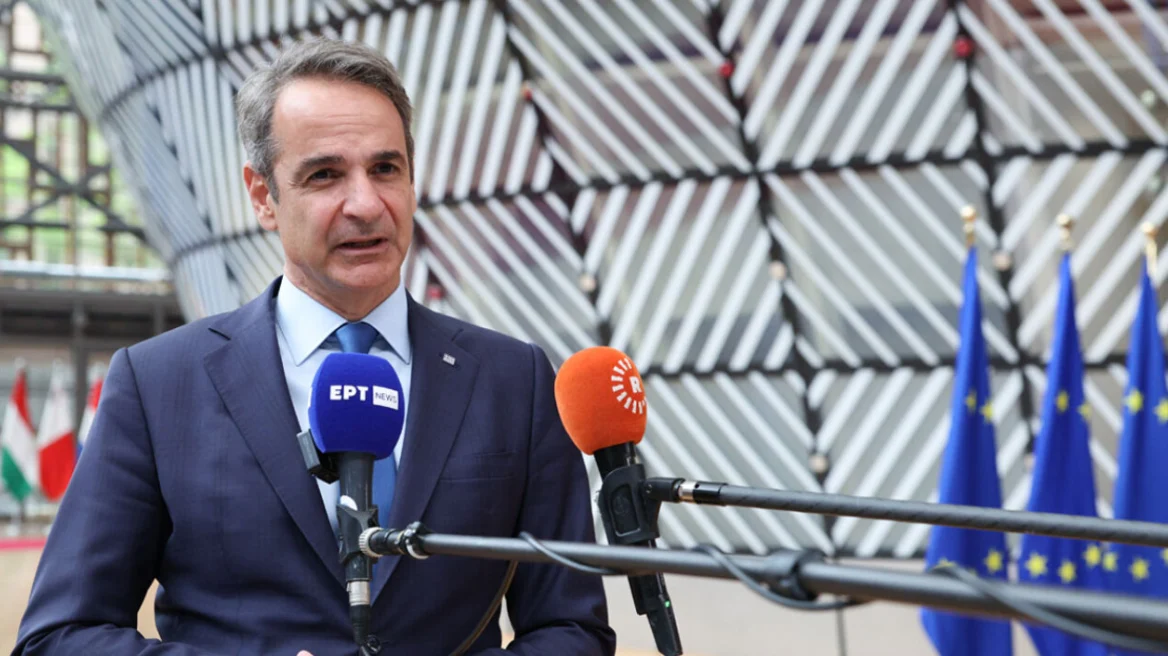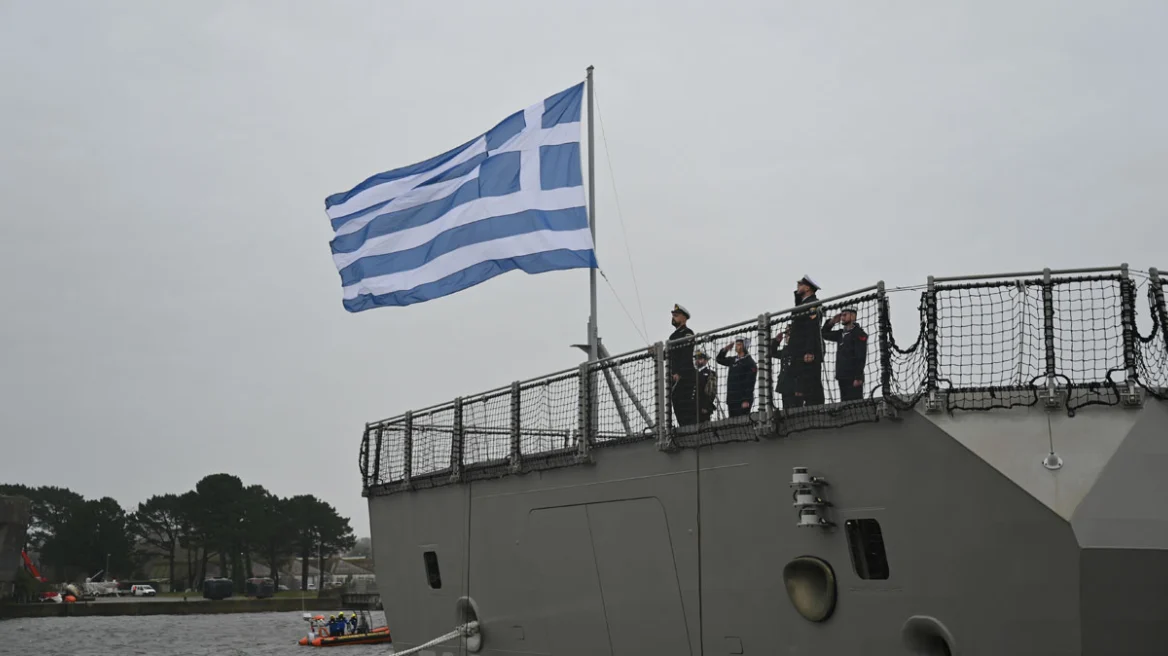Angeliki Kottaridi welcomes us with joy to what seems to be her second home—the vast museum complex of Aigai, spanning 146,000 square meters. It resembles a miniature Macedonian kingdom, rich with treasures and harmoniously integrated into the surrounding nature, nestled among orchards and endless olive groves, which have also flourished under her care.

At the entrance, her team is tending to yet another stray dog about to be adopted. This animal-loving group is here not only to discuss the vast scope of Macedonian explorations and Hellenistic cosmopolitanism but also to safeguard this ever-evolving world in the ancient sense of a well-ordered, beautiful universe.
It is astonishing how the vision of this dynamic archaeologist and researcher has finally become a reality despite numerous challenges. In this constantly evolving site known as the Polycentric Museum of Aigai, various elements come together: the central building, the royal tomb cluster of the Temenids, the Museum of the Royal Tombs, and the newly restored and visitable Palace of Philip II—an architectural masterpiece dubbed the “Parthenon of Macedonia” after 16 years of restoration.
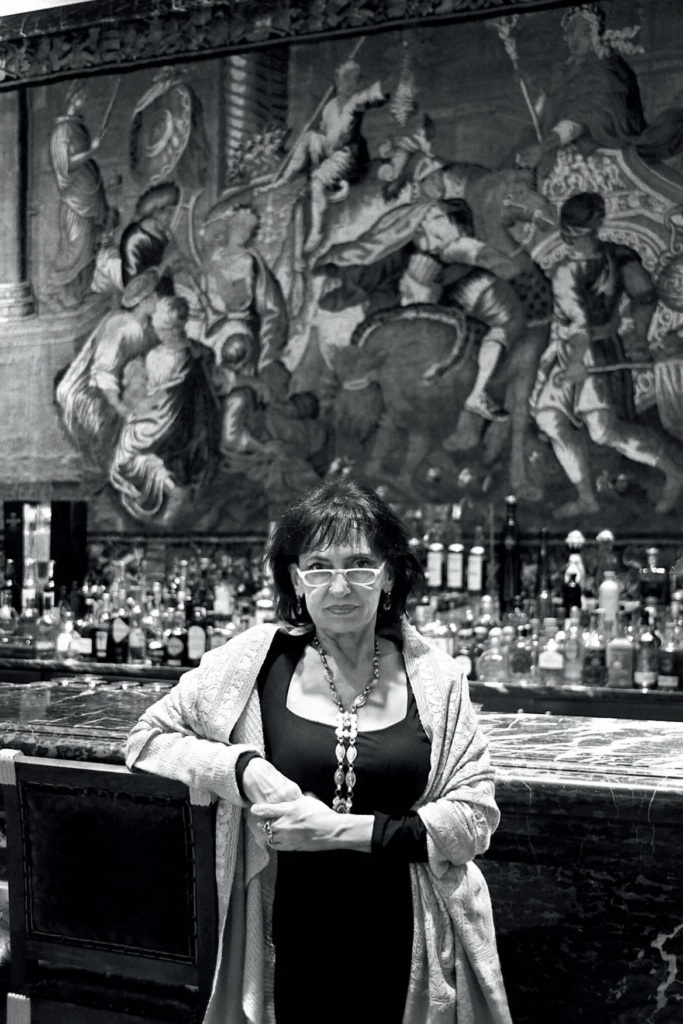
“In reality, the Palace negates the Parthenon,” Kottaridi remarks, referencing Professor Wolfram Hoepfner’s characterization of this impressive structure.
Philip II: A Political Genius, Equal to Alexander the Great
“The German researcher gave it this designation without yet fully understanding its form and function. But he grasped its immense significance. The Parthenon represents Athens’ Golden Age—a temple belonging to the goddess, admired by citizens. By contrast, the Palace of Aigai is not merely a royal residence but a multifunctional structure centered around a sacred political agora. Unlike the Parthenon, it was designed for practical use by citizens.
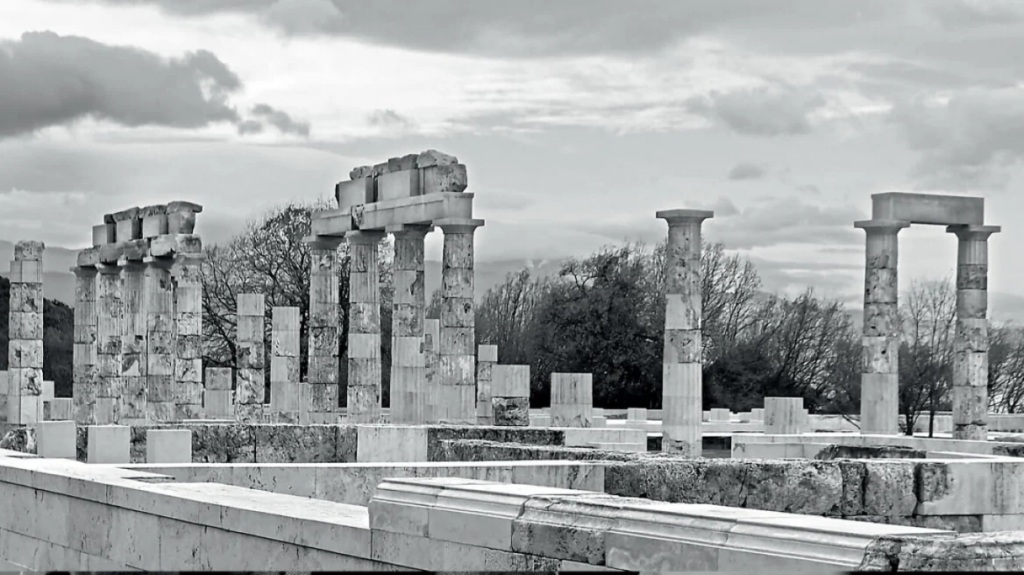
The Palace of Aigai, the archetypal peristyle of Greek architecture, was an unprecedented building that shaped the architectural identity of the Hellenistic world and beyond. It was created to embody Plato’s idea of ‘enlightened rulership.’ Notably, its design is united by the ‘ratio of beauty,’ namely the golden ratio (Φ = 1.61) of the Pythagoreans. Its geometric layout incorporates proportional relationships that, in Plato’s Timaeus, define the ‘soul of the world.’”
The Platonic Circle
Kottaridi explains that the Macedonians, influenced by Platonic ideas formally introduced to the royal court by Euphraeus of Oreos (tutor and mentor to King Perdiccas III), gave a tangible political dimension to the concept of ‘enlightened rulership.’
Philip II, who spent his youth as a hostage in Thebes—then the dominant Greek power—was exposed to Pythagorean and Platonic teachings. He maintained ties with the Platonic circle and ultimately became a model of an enlightened ruler. Through his political, economic, military, and social reforms, he transformed the chaos he inherited—after Macedonia’s devastating defeat and his brother’s death—into the most powerful state of its time.
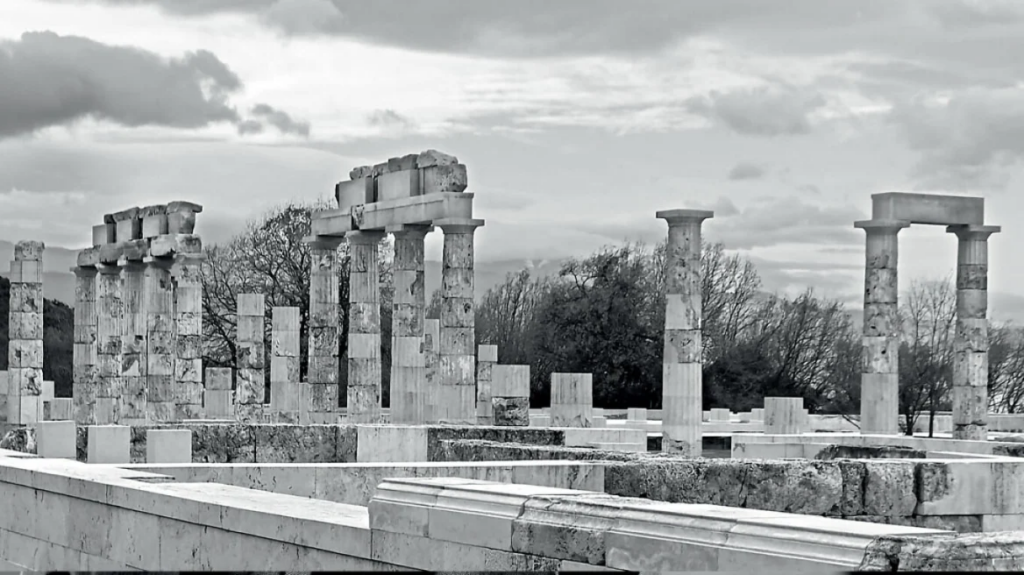
“Philip was a top-tier politician, and in my view, he was equal to his son in every respect. Alexander, of course, expanded their influence across the world. However, despite Demosthenes’ rhetorical attacks branding him a ‘barbarian,’ Philip achieved the previously unimaginable: he unified the always-fragmented Greeks under his strong leadership and paved the way for Alexander’s campaign.
As historian Miltiades Hatzopoulos has demonstrated, Philip introduced democratic institutions and laws from southern Greek city-states into archaic Macedonia, creating an effective system of governance. This allowed for the development of large, sustainable state formations, overcoming the limitations of small city-states.”
Philip’s policies extended beyond Macedonia. He funded the construction of public buildings in major sanctuaries—such as the Amphictyonic Council building in Delphi and the Telesterion in the Sanctuary of the Great Gods in Samothrace—as well as infrastructure projects for southern Greek cities, like the grand stoa in Megalopolis’ agora.
Within his expanding Macedonian Kingdom, he founded new cities and modernized existing ones, fostering a new urban class. This policy was continued on a vast scale by Alexander and his successors, leading to the foundation of hundreds of cities from the Mediterranean to the Indus. This, in turn, created the remarkable Hellenistic Oikoumene, a world we know surprisingly little about and fail to properly appreciate.
The World of Alexander the Great
Kottaridi highlights an often-overlooked aspect of Alexander: not just the undefeated general but also the visionary political leader who systematically improved the lives of all citizens in his vast empire.
“It is no coincidence that the ‘world’ Alexander created did not collapse after his death. Instead, it solidified and flourished. The ‘Hellenistic Koine’ persisted—not only as a common Greek language but as a way of life, an artistic and philosophical movement that endured until late antiquity, laying the foundations for later empires.
Roman emperors and even the Parthian kings of Iran emulated Hellenistic rulers. The Parthians minted coins with the Greek inscription ‘Philhellene.’ Many Hellenistic cities still exist today, continuing to produce political and cultural ideas despite the shifting tides of empires and states.
Alexander respected the beliefs and customs of the peoples he ruled, making sacrifices to their gods and sharing Greek achievements with all. This not only improved his subjects’ lives but also earned their loyalty. He was undeniably one of history’s greatest military strategists, but it was not sheer military superiority that made so many embrace him as their own.”
A Lasting Macedonian Legacy
At the entrance to the Museum of Aigai, a Hellenistic portrait of Alexander found in Imathia stands beneath a quote from Plutarch:
“A world that did not see Alexander never knew the sun.”
This reference is deliberate. As Kottaridi explains, “Plutarch, writing 450 years after Alexander, enjoyed the fruits of an established Hellenistic Koine. Alexander’s greatest contribution was making the works of Homer, Sophocles, and Euripides accessible to the world—spreading Greek culture far beyond its original borders.
The Hellenistic Oikoumene was open and inclusive, fostering coexistence, cultural exchange, and intermarriage among various peoples. Unlike classical Athens, which condemned women to silence and obscurity, Hellenistic society—following the example of Macedonian royal women—allowed them more visibility, rights, property, and participation.”
“It is a grave mistake,” Kottaridi asserts, “to compare Alexander and the Macedonians to colonial powers that exploited their territories for wealth. No wealth was funneled back to Macedonia—except for the money brought home by retiring veterans. Instead, the establishment of cities, urbanization, and trade expansion increased prosperity in the newly incorporated regions.”
As a researcher, she has sought to understand this mindset by studying architectural structures, traveling extensively to trace lost footprints, and excavating not just in Macedonia but across the far reaches of the Hellenistic world.
Reading about Kottaridi’s passion for excavation—whether in Aigai or Failaka (the ancient Phylakai, a small island in the Persian Gulf that Alexander renamed Ikaros)—one cannot help but be captivated by her enthusiasm. Her devotion to uncovering the traces of the Hellenistic world remains as fervent as when she first stood beside Manolis Andronikos, witnessing the extraordinary discoveries in Vergina.
For the past 13 years, as the guardian of this cultural heritage, she has overseen the creation of museums, curated exhibitions, and restored numerous Macedonian monuments—classical, Hellenistic, Byzantine, and Ottoman—without bias or ideological constraints.
Ask me anything
Explore related questions
